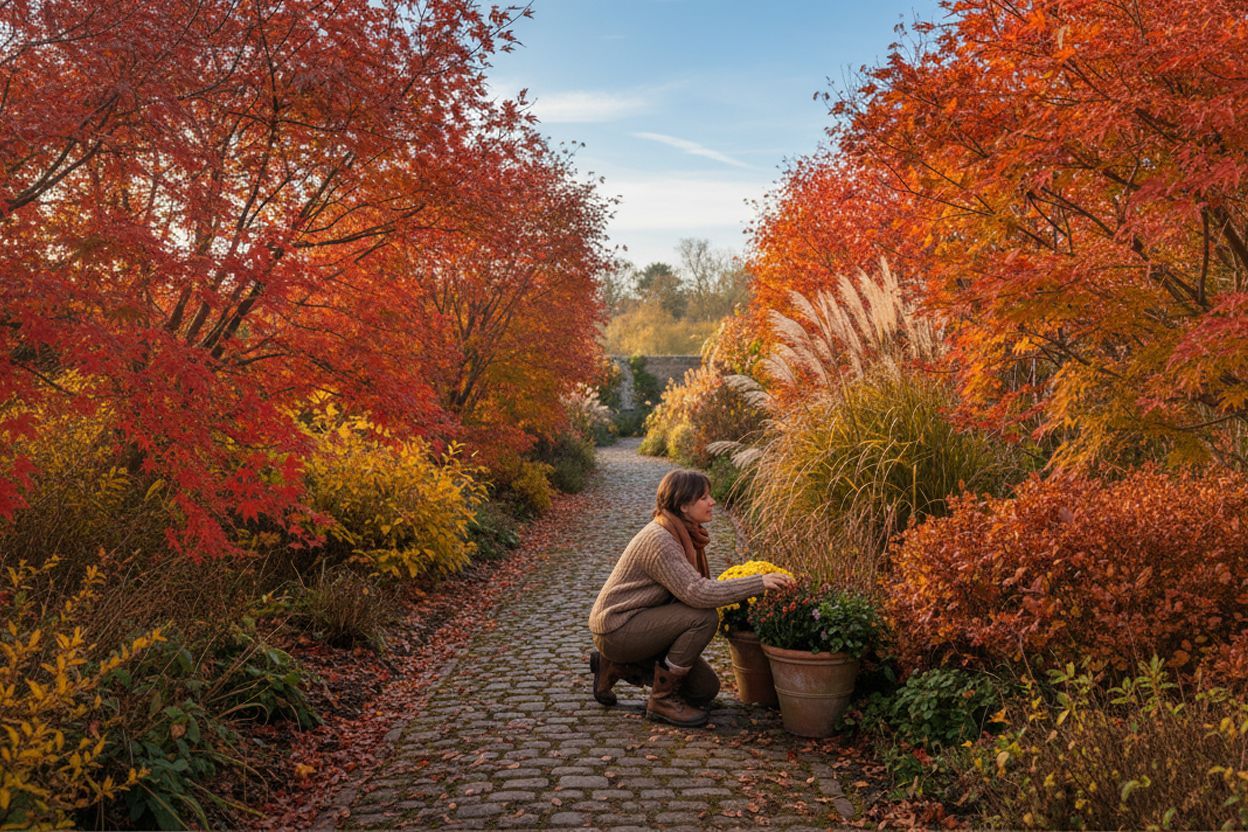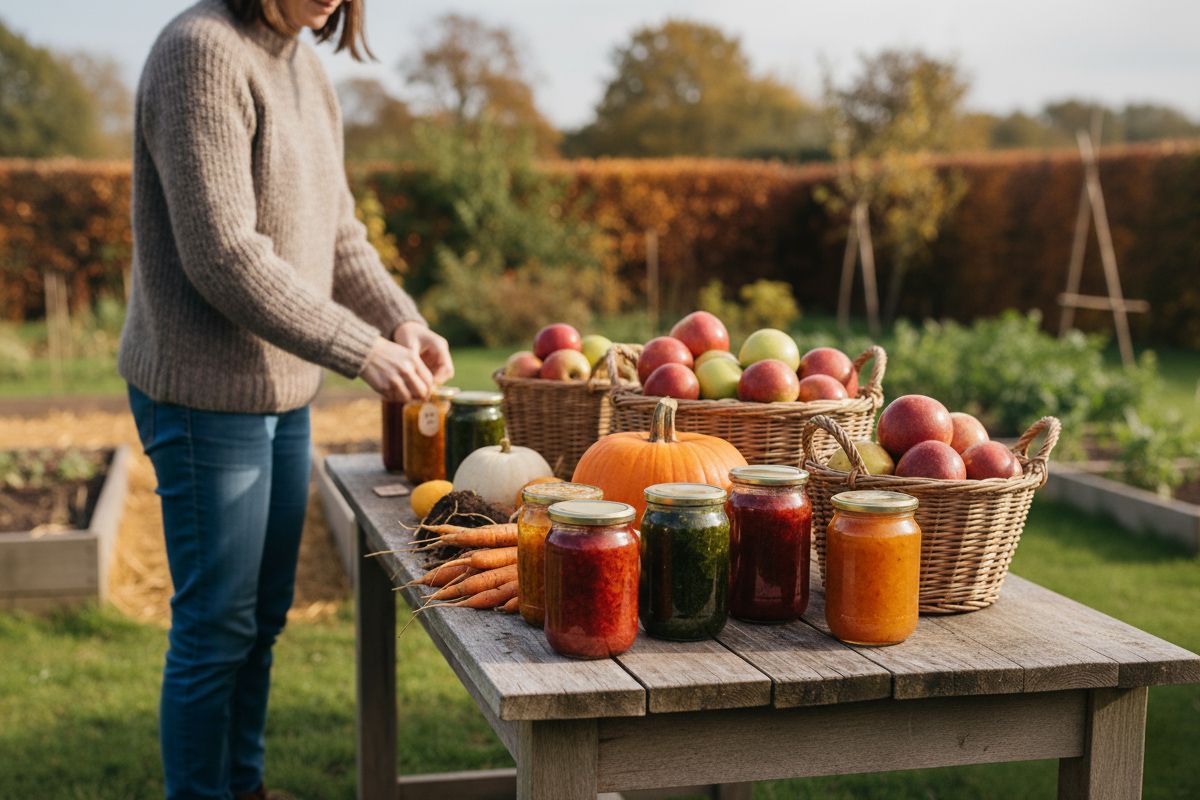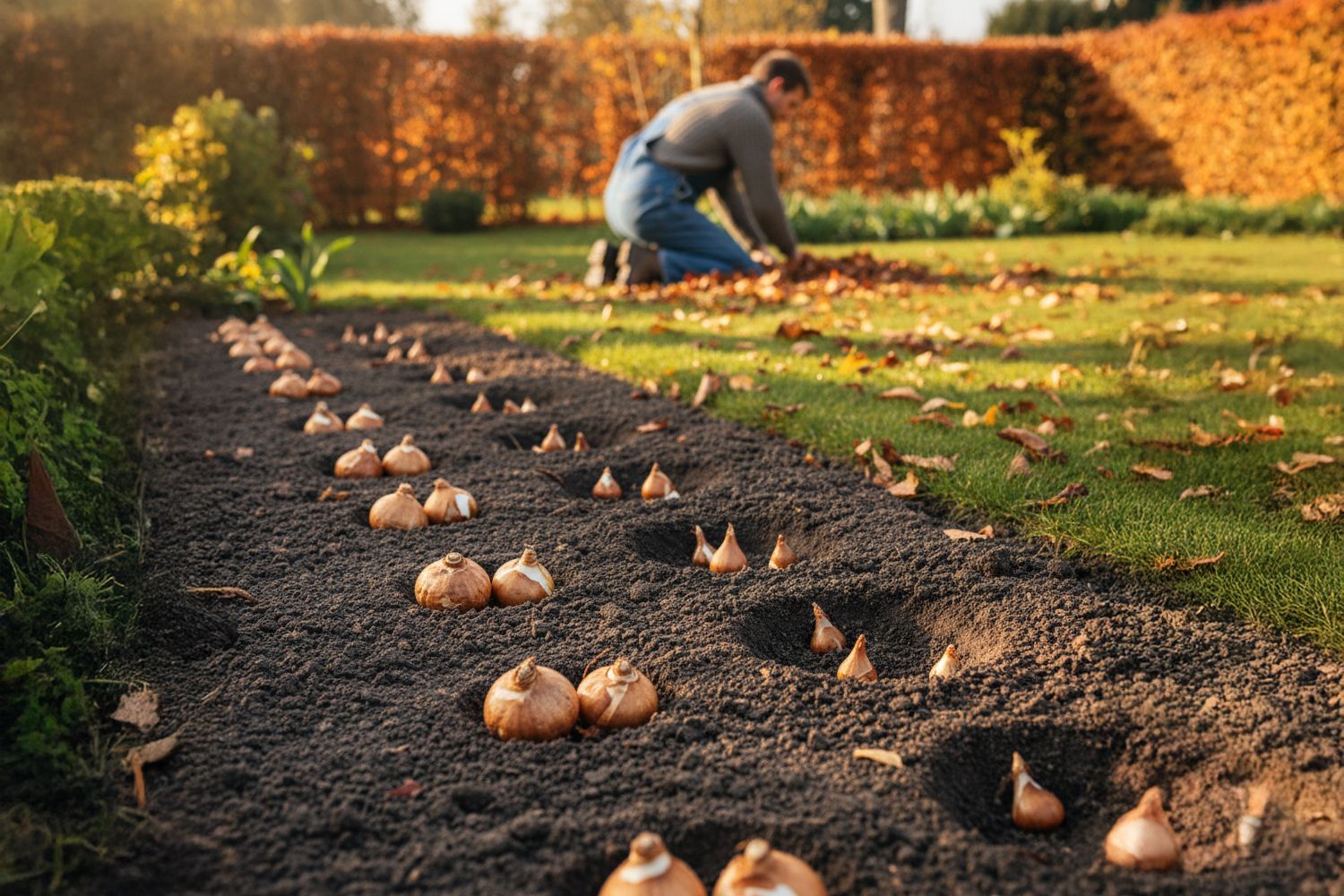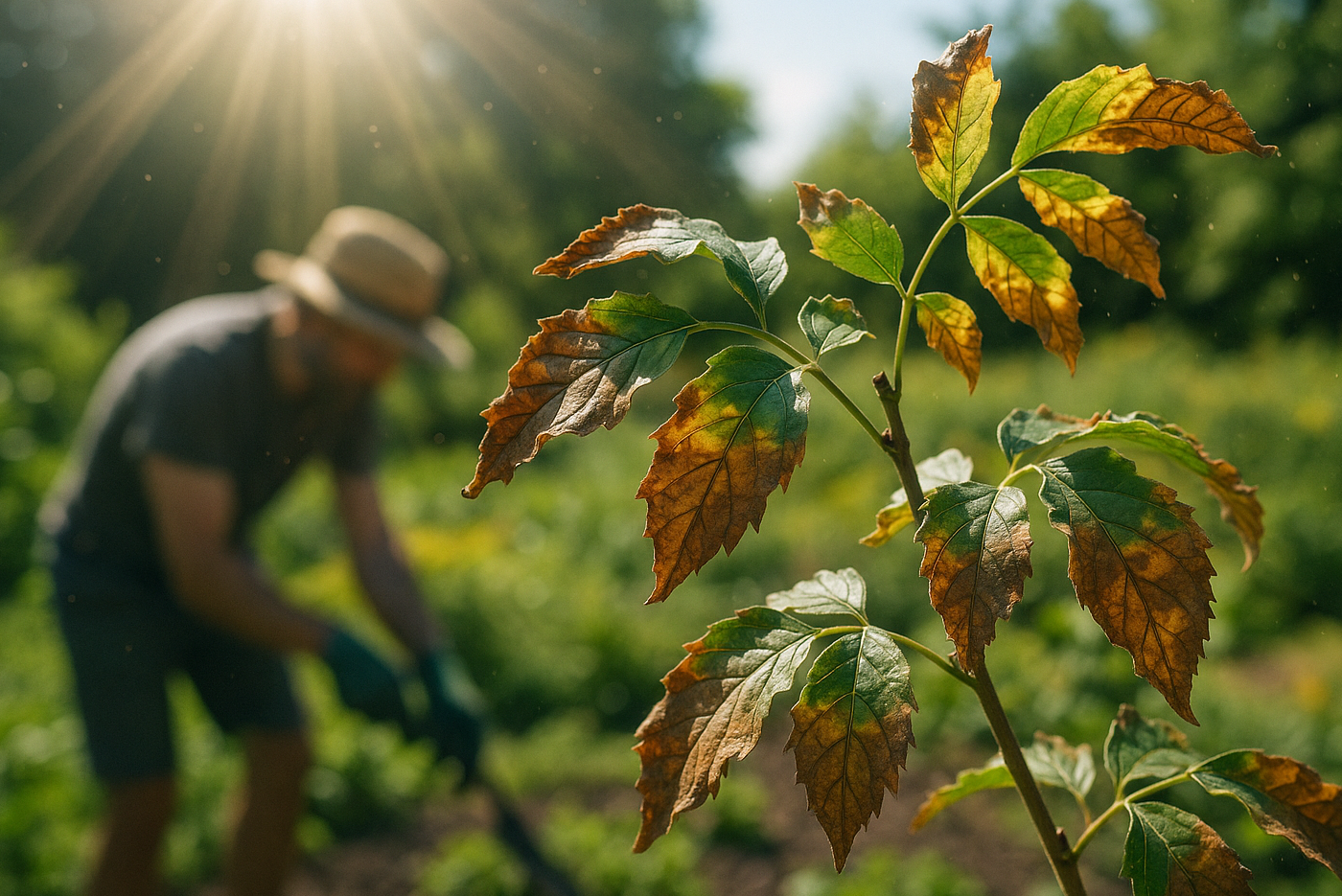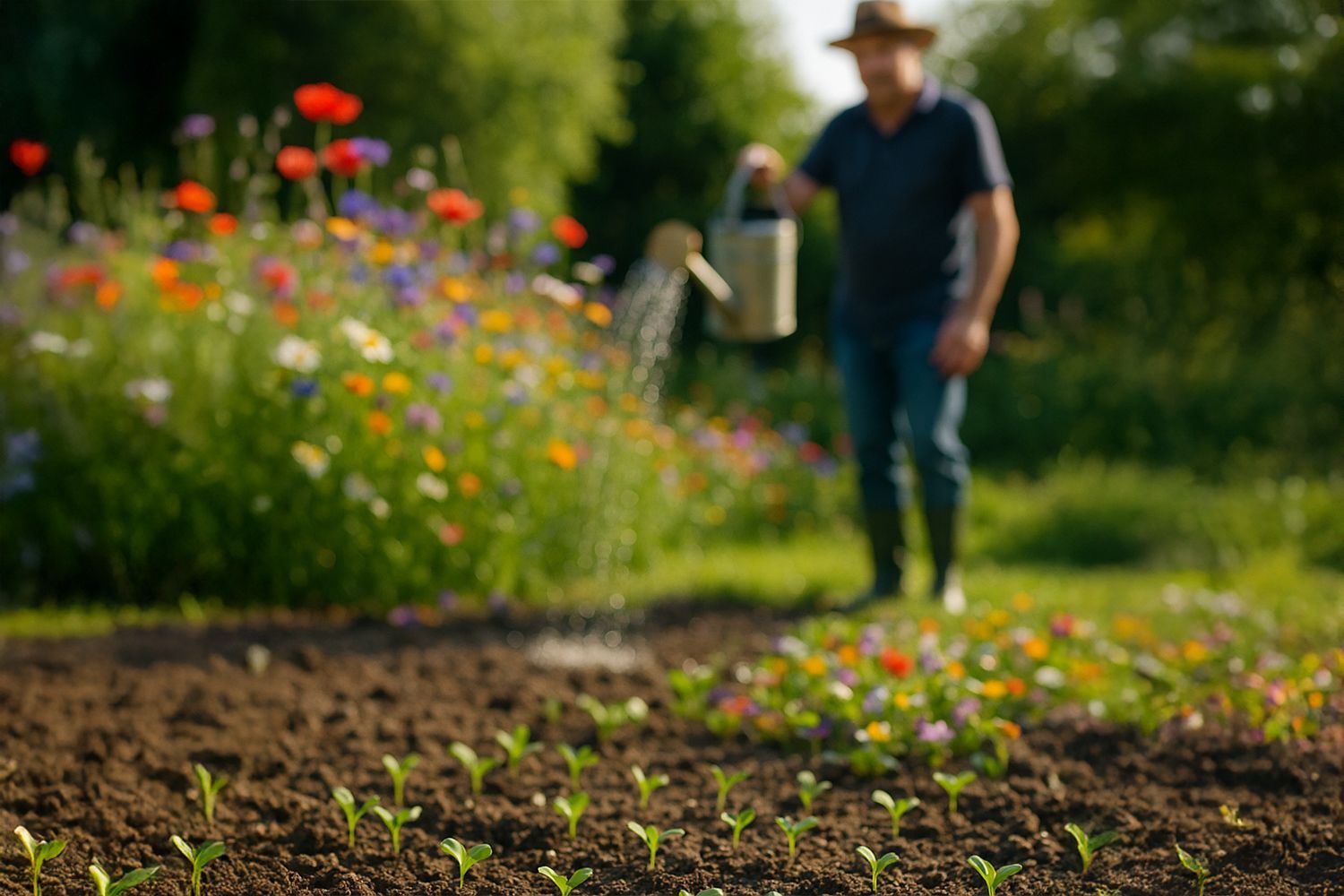
There’s nothing more disheartening than scattering wildflower seeds with visions of colour and pollinators — only to be met weeks later with bare soil. If your wildflower seeds haven’t sprouted, don’t worry — it’s a common issue, especially in British gardens where weather and soil conditions can be unpredictable. Let’s explore five likely reasons your wildflowers aren’t growing and how to turn things around.
Poor Soil Preparation
The problem:
Wildflower seeds are surprisingly fussy when it comes to soil - but not in the way you might expect. Unlike vegetables or bedding plants, wildflowers thrive in low-nutrient, well-drained soils. If you sow seeds into a patch that’s too rich, weedy, or compacted, they may struggle to germinate or be quickly outcompeted by aggressive plants like couch grass or nettle.
The fix: Start by choosing a suitable spot - ideally sunny and free from thick turf or invasive roots. Use a spade or hoe to remove grass and weeds right down to the roots. Then, lightly cultivate the surface to create a fine tilth: crumbly, open soil that allows seeds to settle without getting buried too deep. Avoid using compost or fertilisers, as these can actually hinder germination. We recommend using a wildflower preparation rake and weed suppressant where needed.
Wrong Site or Not Enough Sun
The problem:
Sunlight is vital to wildflower growth. If seeds are scattered in a shady spot - under trees, beside fences, or behind hedges - they may fail to germinate altogether or emerge weak and spindly. Poor drainage can also lead to rotting or seed washout.
The fix:
Pick a site that gets at least 6 hours of full sun a day. South-facing patches are often ideal. If the area tends to puddle after rain, it may not drain well enough. Slight slopes or raised beds can help improve conditions. If shade is unavoidable, look into native wildflower species suited to woodland or dappled light - some do exist, though they’re fewer in number.
Inconsistent Watering
The problem: After sowing, wildflower seeds need consistent moisture to germinate. A sudden dry spell or one soaking followed by days of nothing can break the germination cycle. Equally, heavy rainfall or overwatering can cause rot or wash seeds away.
The fix: In the first 2–3 weeks after sowing, try to keep the soil evenly moist, not wet. Water gently so the seeds stay in place - a fine spray or rose attachment helps. In the UK, spring sowings sometimes coincide with drier periods, so check the forecast and be prepared to supplement rainfall. Once seedlings appear, watering needs reduce significantly.
Related products

Woodland & Heavy Shade Seed + Grass Mix
Heavy shade provides a really challenging environment but the key shade indicator species used in this mixture are well placed to thrive, suggested for areas that are already subject to an element of shade.

English Meadow Wild Flower Seed Mix
Transform your outdoor space with our 100% flower blend designed for a stunning annual display. Quick to establish, this mixture boasts a long flowering period, ensuring lush and vibrant blooms.

7-Piece Garden Maintain & Repair Kit
Revamp your garden with our 7-Piece Garden Repair Kit, catering to both novice gardeners and seasoned landscapers. This comprehensive set comprises essential tools and supplies for a thriving garden.
Sowing at the Wrong Time
The problem: Wildflower seeds have seasonal rhythms. Sow at the wrong time - often in the heat of summer or the depths of winter — and you risk poor or delayed germination, or seeds simply lying dormant until conditions improve.
The fix: In the UK, the best sowing windows are:
- Spring (March–May) for annuals and general mixes
- Autumn (late August–October) for perennials and meadows
Spring sowings benefit from warmth and light; autumn sowings mimic nature’s cycle and allow seeds to overwinter before germinating in spring. Avoid sowing just before heavy frost or extended dry periods.
Seeds Sown Too Deep
The problem:
One of the most common causes of failure is sowing seeds too deep. Wildflower seeds are usually very small - and unlike large vegetable seeds, they don’t have the strength to push through thick layers of soil.
The fix:
Scatter seeds on the surface of prepared soil and press them in lightly - using a board, roller, or even just your hands or feet. There’s no need to rake them in. They need light to germinate. Mixing the seed with dry sand can help you see where you’ve sown, avoid clumping, and get even coverage.


